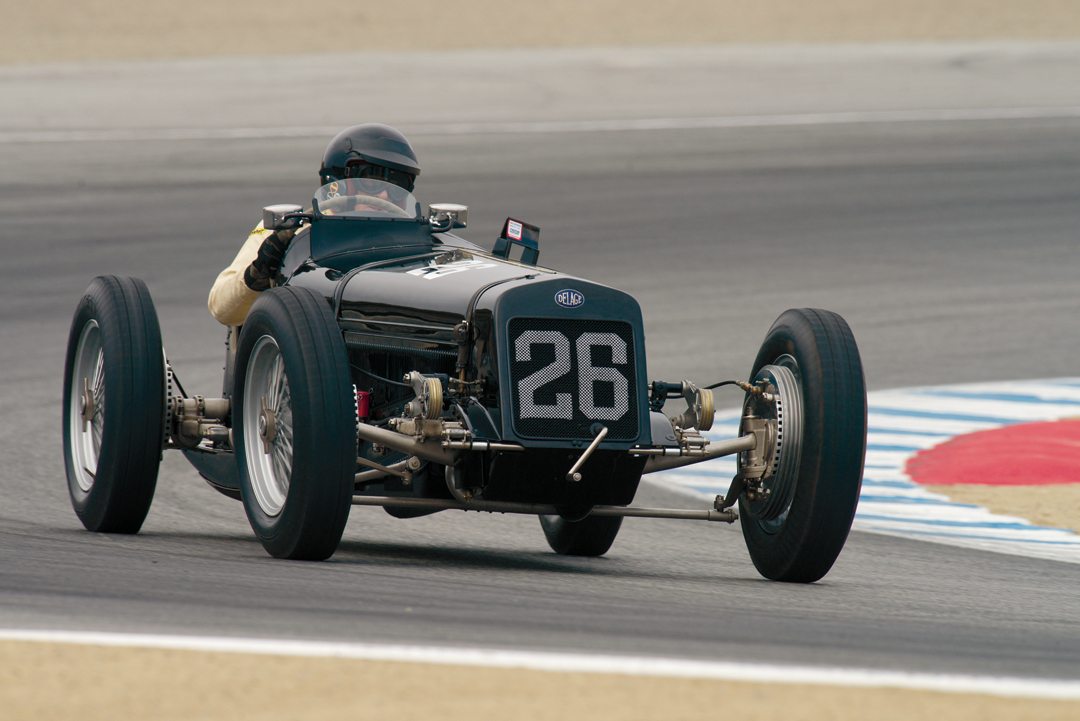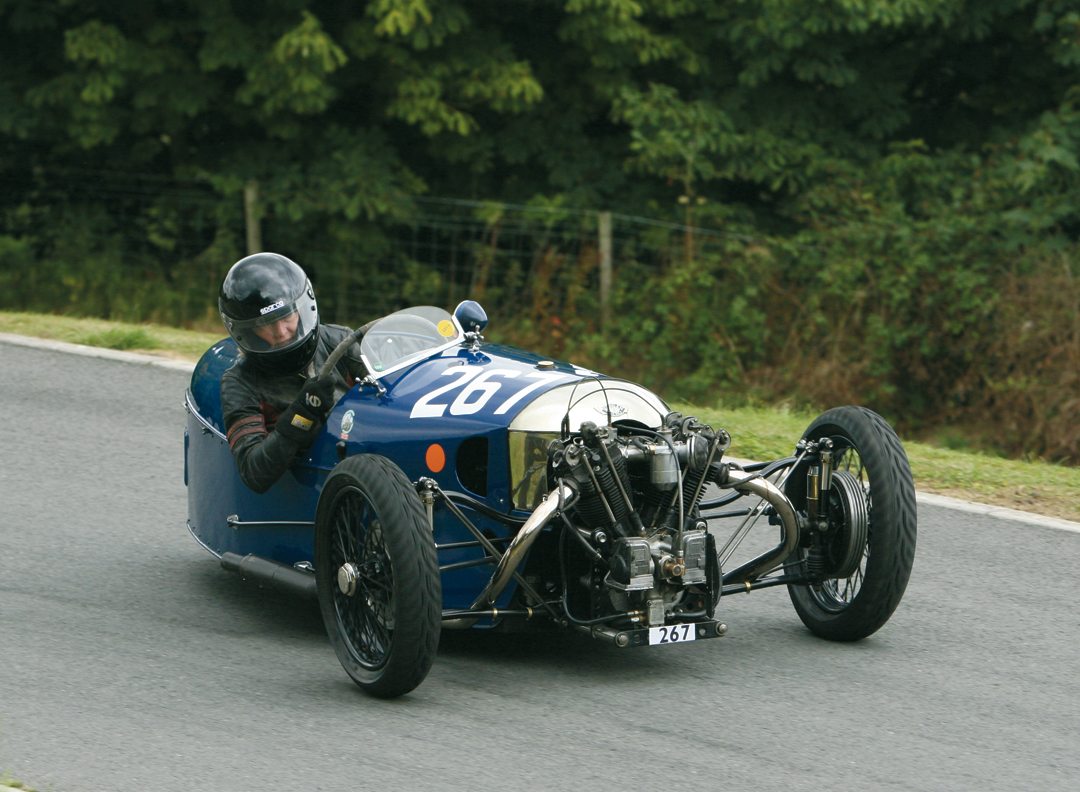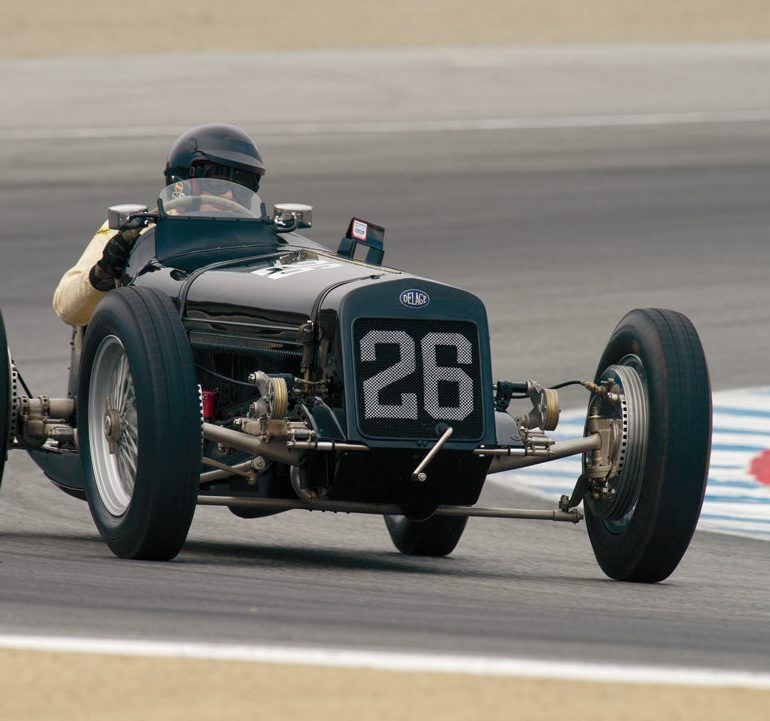From the very beginning of the automobile, man built cars to compete with a passion for speed and technology. These innovators are in an elite club, their place in automotive history guaranteed as the creators of a true classic sports car, a genuine thoroughbred.
The development of the racing sports car can be traced to specific manufacturers who at one time in history dominated motor racing, in particular the world’s most challenging road races, such as the Mille Miglia, Targa Florio and endurance contests such as the 24 Hours of Le Mans.
The creation of an automobile that could win in international competition was usually the inspiration of one passionate man, an engineer, a genius who put all of his design and engineering skills toward his goals.
Part Two of this pre-war market guide will feature more of these exciting cars, their founders and designers such as Louis Delage and Henry Morgan.
Today these pre-war masterpieces are highly sought after by the sophisticated collector.
They and their current owners are often invited to partake in the most prestigious historic racing venues world wide. The Le Mans 24 Hour Classic, Mille Miglia Storica, Monaco Historique Grand Prix and the Targa Florio to name but a few.
Due to the age of these cars and their racing heritage, their value is determined by their originality and provenance. Old cars built up from parts are not the same as true complete survivors, and this fact often brings the remaining total down to less than 10 good surviving examples of a particular model.

1927 Delage Grand Prix Car
Louis Delage, an ambitious young engineer who had worked for Peugeot, started the Delage Automobile Company in 1905 to design and build cars of a very high quality with engineer Augustin LeGros in Levallois, a suburb of Paris, France.
Although coach built road cars were also produced, competition success started in 1909, with wins in the Grand Prix of Boulogne, Lyons and other events. In 1914, Rene Thomas won the Indianapolis 500 driving a Delage, but production stopped during WWI. After the war, five 2-liter V12 cars were built in 1923-’25. The first ever British Grand Prix was won by a Delage 155B in 1926. Albert Lory designed the ultimate Delage Grand Prix car, that being the 1.5-liter, straight-8, supercharged with 165-hp at 8,400 rpm. The 1927 Grand Prix Delage was an example of the engineering excellence of this small company. Its light chassis, good handling and exceptional power allowed it to dominate Grand Prix racing, winning every Grand Prix—British, French, Spanish and Italian—and became “Champion du Monde” in 1927,a fantastic accomplishment!
The recession of the 1930s caused the demise of Delage, who sold the rights to the name to Delahaye.

Morgan Three-Wheeler
The Morgan Motor Company, Ltd. was founded in 1906 by English engineer Henry Frederick Stanley Morgan in Malvern Link, England. Morgan was the district distributor for Wolseley and Darracq in Malvern Link. The first Morgan car, the three-wheel Runabout, was built in 1909, powered by a 7-hp front-mounted Peugeot twin-cylinder engine. The Morgan cycle car, or light car, had a steel frame, two front wheels, and one rear. Two passengers could just fit sitting side by side in an open cockpit. This car was developed over the years and was available as a standard, deluxe, or family version, and even as a delivery van in the 1920s.
The ultimate Morgan three-wheelers were the cars of the early 1930s—the sports and supersports models. They had different body styles known as the beetle back and barrel back. These lightweight, nimble cars were powered by variations of engines from JAP, MAG, Anzani and Matchless, mostly 1,000-cc V-twin, front-mounted, water-cooled engines producing from 26 hp to 55 hp. The Morgan three-wheeler developed into quite a sporting vehicle with competition, rally and hillclimb successes in its class. Production went until 1939, was stopped during WWII, and then carried on after the war. Because of the short supply of steel, higher production costs and the beginning of the four-wheel Morgan car, the last three-wheelers were built in 1952. These cars are unique, loved and instantly recognizable today.
Criteria Used For Assessing Valuations for this Guide:
- Degree of Originality
- Overall Condition, Restoration
- Technology, Design, Coachbuilder
- Production Numbers/Rarity
- Competition History
- Ownership History, Documentation
- Modern Event Eligibility
Regional Variances
The prices stated in this guide are based on U.S. values. The values of historic racing cars can vary as much as 25%-35% in other countries, depending on local market appeal, currency rates, import duties, and VAT. Most of the time, we are able to document known sales or closed escrows, as they say in real estate. When this is not possible, a logical estimate of the car’s value is given, based on its sales history and relationship to cars of its type.
The prices stated in this guide are based on U.S. values. The values of historic racing cars can vary as much as 25%-35% in other countries, depending on local market appeal, currency rates, import duties, and VAT.
LEVEL |
VALUATION CATEGORIES |
|---|---|
I |
The best combination of all criteria. |
II |
Satisfies mid-range of criteria. |
III |
In need of restoration. Meets only a few points of criteria |




